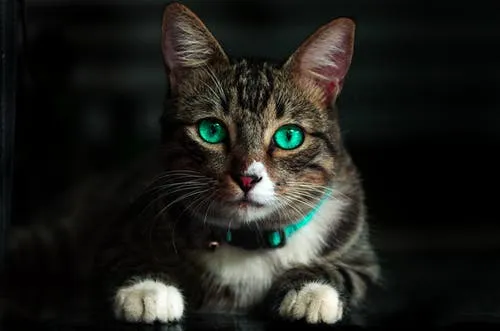
¿Cómo no amar esas caritas peludas con esos hermosos ojos de diversos olores y esos bigotes tan curiosos? Además de que tienen ese ronroneo que nos encanta escuchar y sentir cuando son acariciados, pueden caer de pie desde grandes alturas y tienen una visión increíble. Sin duda unos seres dignos de admirar.
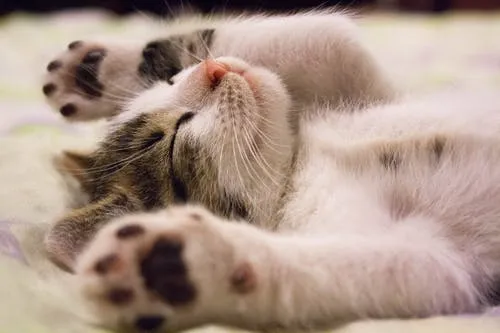
Incluso hay algunas leyendas y creencias de que estos animales son más de lo que parece.
Pues hoy con este articulo vengo a explicar el porqué de algunos de esos aspectos felinos que nos encantan. Si quieres saber más al respecto no dejes de leer.
¿Porque los gatos ronronean?
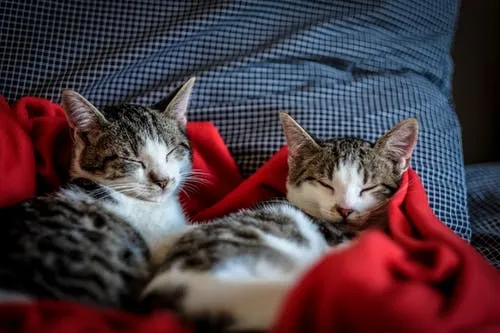
Como he dicho anteriormente a todos nos encanta que cuando acariciamos a nuestro gato o está encima nuestro emita ese ronroneo tan característico de esta especie. Pero seguro que más de una vez te has preguntado ¿porque es que esto sucede? Bueno hay dos respuestas a esta pregunta . La primera es que esto indica cuando el gato está a gusto y emite una sensación de bienestar, algunos científicos creen que esto es parte de la comunicación de los felinos y que se usa cuando están en grupos o manadas, pero debido a que este ronroneo suele ocurrir en diversas ocasiones aún no se sabe con certeza que es lo que significa realmente pero para nosotros los neófitos y amantes de los gatos esto no significa más que un “Gracias humano.” O un “Continua haciendo eso.”
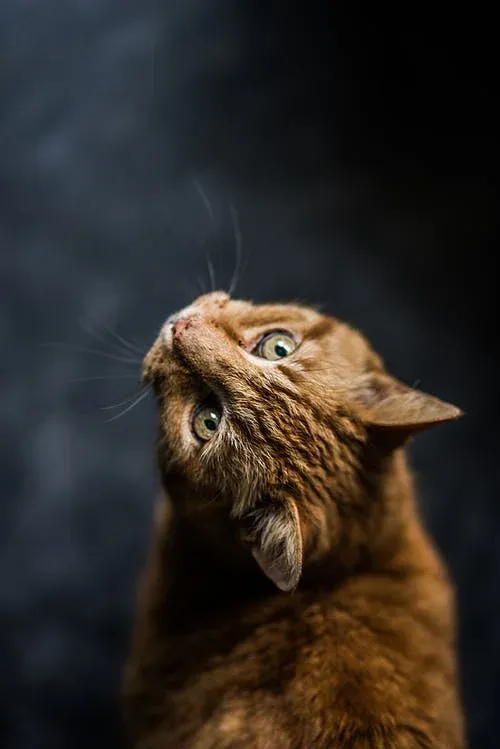
Ahora viene la explicación biológica del ronroneo. A pesar de que dije que era algo único y particular de esta especie no me refería específicamente a los gatos sino más bien a la especie felina en general. Ya que tanto los pumas, guepardos y cervales pueden también emitir el ronroneo y esto se debe a que son felinos “pequeños.” Ya sé que dirás “pero un puma o un guepardo no son pequeños.” pues si tienes razón, pero comparándolos con un tigre o un león se quedan chicos. Y es por esto que ellos pueden ronronear a diferencia de los tigres y leones su secreto se encuentra en los músculos de la garganta y la laringe. Le explico: Los felinos en sus laringes tienen una especie de Y compuesta de huesos, músculos y cartílagos blandos la cual nuestros amigos felinos pueden hacer vibrar a voluntad. Y es el tamaño del animal lo que define si lo que saldrá será un rugido o un ronroneo.
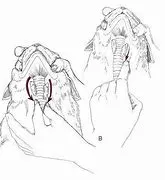
¿Por qué los gatos siempre caen de pie?
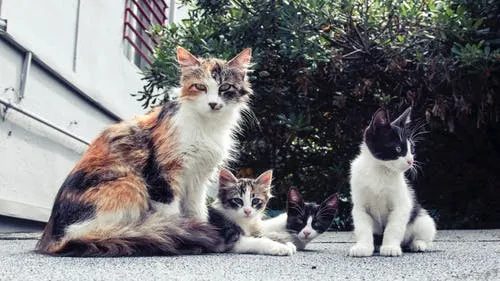
Debido a esta habilidad es que se les atribuye a los gatos el mito de que tienen siete vidas ya que Estos animales poseen la gran habilidad de caer de pie desde alturas con las que los humanos y otras especies solo pueden soñar con sobrevivir a una caída. Muchos atribuyen esta pericia a la cola del felino y no están para nada mal, pero están muy lejos de explicar del todo como funciona esta destreza. Ya que para explicar cómo funciona del todo hay que examinar a estos animales casi por completo. Ya que la cola funciona como eje estabilizador indicándole al gato cuanto debe girar o contornearse para estar de pie. Luego están la columna y los músculos vertebrales los cuales le brindan al gato la flexibilidad que le permite recuperar o cambiar de posición mientras esta en el aire. También está involucrado el oído interno y medio ya que ahí se encentra el musculo que le indica al gato su posición en el espacio. Casi todos los seres vivo tenemos este musculo, pero el de los gatos es muy especial ya que este funciona como un giroscopio que sin importar los factores externos este mantiene su eje en la misma posición. Y finalmente se encuentran las patas, las que les permiten tener esos aterrizajes perfectos sin sufrir mayor daño y esto se debe a la cantidad de músculos que hay en sus patas y la flexibilidad que estos poseen para amortiguar la fuerza de impacto de cada caída.
¿Porque a los gatos no les gusta mojarse?
Esto es algo que no ocurre con todos los gatos y es debido al origen y la descendencia del gato además de factores como la temperatura del ambiente y el nivel de humedad, además de todos estos factores el pelaje también es uno a considerar.
La verdad es que son muy pocos los gatos que no tienen problemas con mojase o que hasta lo disfrutan y esto se debe a que las mayoría de os gatos domésticos descienden de otras especies de felinos más grandes y dependiendo de esto tu gato disfrutara o no de mojarse ya que si desciende de un leopardo nublado por ejemplo no disfrutara del agua como un gato que desciende de un guepardo. Esto se debe a que el leopardo nublado vive en climas fríos donde no es buena idea andar mojado, mientras que el guepardo proviene de climas cálidos donde una mojadita puede ayudar a regular la temperatura corporal.
En resumen. Si proviene de climas fríos y el ambiente es frio no se mojaran. Si vienen de climas cálidos y el ambiente es cálido se mojara, pero nunca obliguen a un gato a mojarse.
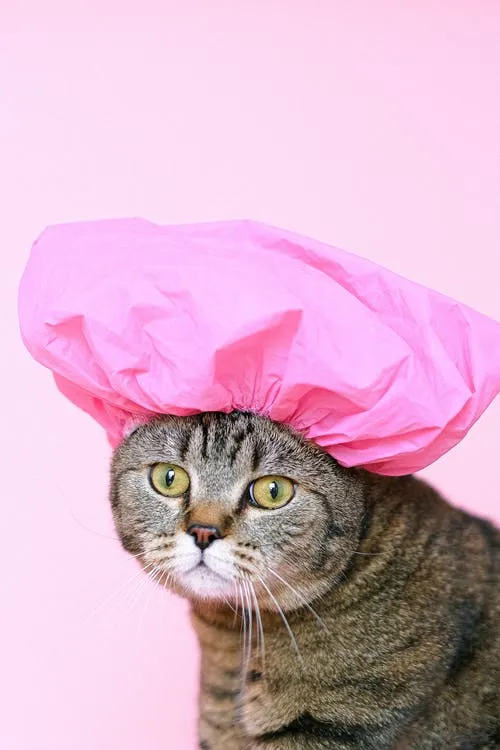
Bien amigos lo dejare hasta aquí por hoy. Queria agregar mas datos pero mi pc se tilda cada 2 segundos y mucho me costo escribir todo esto. Ni siquiera pude editar la foto de la portada.
¿Y ustedes ya sabían estas cosas? déjame tu respuesta en los comentarios. Si tienes alguna otra curiosidad comentamela y te responderé como pueda.
Fuentes: La informacion es una recopilacion de conocimientos propios obtenidos a lo largo de años viendo Discovery Channel, Animal Planet y Nat Geo.
Imágenes sacadas del banco de imágenes gratuitas de Pexels y Bing.
Traducción gracias a DeepL.


How can you not love those furry little faces with those beautiful eyes with those different smells and those curious whiskers? Besides the fact that they have that purr that we love to hear and feel when they are petted, they can fall on their feet from great heights and have an incredible vision. Without a doubt, they are beings to be admired.

There are even some legends and beliefs that these animals are more than they seem.
Well today with this article I come to explain why some of these feline aspects that we love. If you want to know more about it be sure to read.
Why do cats purr?

As I said before, we all love that when we pet our cat or he is on top of us, he emits that purr so characteristic of this species. But surely more than once you have wondered why this happens? Well, there are two answers to this question. The first is that this indicates when the cat is at ease and emits a sense of well-being, some scientists believe that this is part of feline communication and that it is used when they are in groups or herds, but because this purring usually occurs on several occasions it is not yet known for sure what it really means but for us neophytes and cat lovers this means no more than a "Thank you human." Or a "Keep doing that."

Now comes the biological explanation of purring. Although I said it was something unique and particular to this species I was not referring specifically to cats but rather to the feline species in general. Since both cougars, cheetahs and cervals can also emit the purr and this is because they are "small" felines. I know you will say "but a puma or a cheetah are not small", you are right, but compared to a tiger or a lion they are small. And that is why they can purr, unlike tigers and lions, their secret lies in the muscles of the throat and larynx. Let me explain: felines have in their larynxes a kind of Y composed of bones, muscles and soft cartilage which our feline friends can make vibrate at will. And it is the size of the animal that defines if what will come out will be a roar or a purr.

Why do cats always land on their feet?

It is because of this ability that cats are credited with the myth that they have seven lives. These animals possess the great ability to land on their feet from heights that humans and other species can only dream of surviving a fall. Many attribute this expertise to the feline's tail and they are not at all wrong, but they are far from fully explaining how this skill works. For to explain how it works at all, one must examine these animals almost in its entirety. The tail functions as a stabilizing axis, telling the cat how much it must turn or wiggle to stand upright. Then there are the spine and vertebral muscles which give the cat the flexibility that allows it to recover or change position while in the air. Also involved is the inner and middle ear, which contains the muscle that tells the cat its position in space. Almost all living beings have this muscle, but the cat's is very special because it works as a gyroscope that regardless of external factors it maintains its axis in the same position. And finally there are the paws, which allow them to have those perfect landings without suffering major damage and this is due to the amount of muscles in their paws and the flexibility they have to cushion the force of impact of each fall.
Because cats don't like to get wet?
This is something that does not happen with all cats and is due to the origin and descent of the cat as well as factors such as the temperature of the environment and the level of humidity, in addition to all these factors the coat is also one to consider.
The truth is that there are very few cats that have no problem with getting wet or even enjoy it and this is because most domestic cats are descended from other species of larger felines and depending on this your cat will or will not enjoy getting wet because if it descends from a clouded leopard for example it will not enjoy the water as much as a cat that descends from a cheetah. This is because the clouded leopard lives in cold climates where it is not a good idea to get wet, while the cheetah comes from warm climates where a little wetness can help regulate body temperature.
Bottom line. If they come from cold climates and the environment is cold, they will not get wet. If they come from warm climates and the environment is warm they will get wet, but never force a cat to get wet.

Ok folks I'll stop here for today. I wanted to add more data but my pc crashes every 2 seconds and it cost me a lot to write all this. I couldn't even edit the cover photo.
And you already knew these things? leave me your answer in the comments. If you have any other curiosity comment it to me and I will answer you as I can.
Sources: The information is a compilation of my own knowledge obtained through years of watching Discovery Channel, Animal Planet and Nat Geo.
Imágenes sacadas del banco de imágenes gratuitas de Pexels y Bing.
Translation thanks to DeepL.
